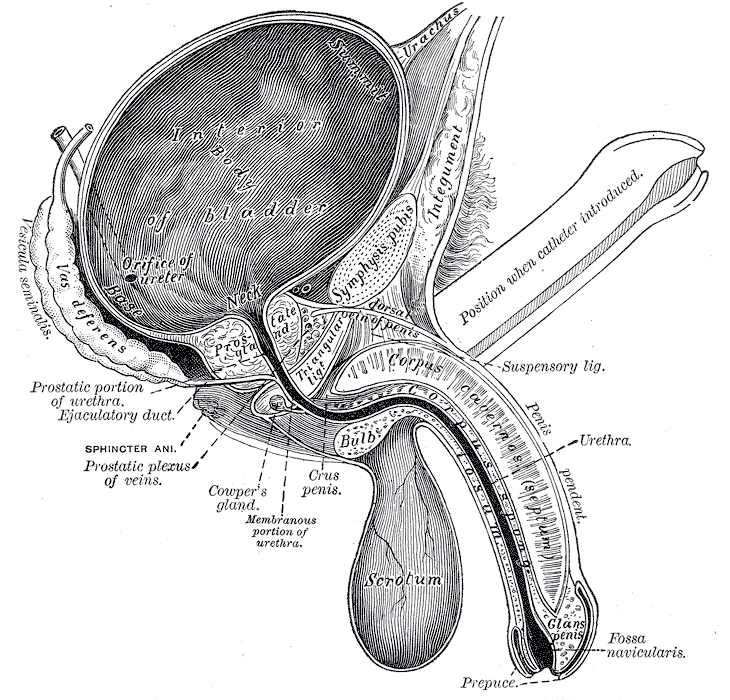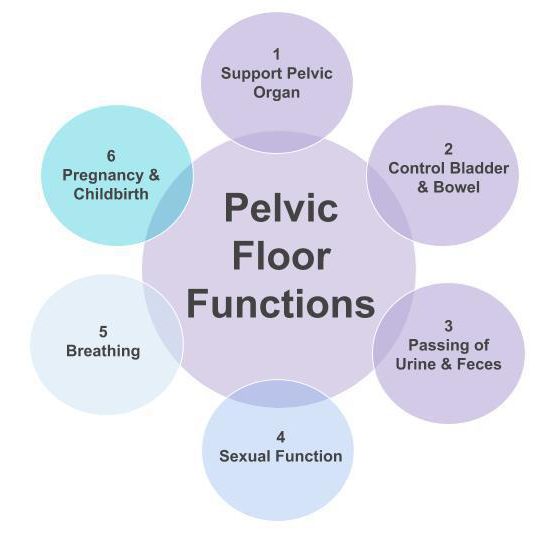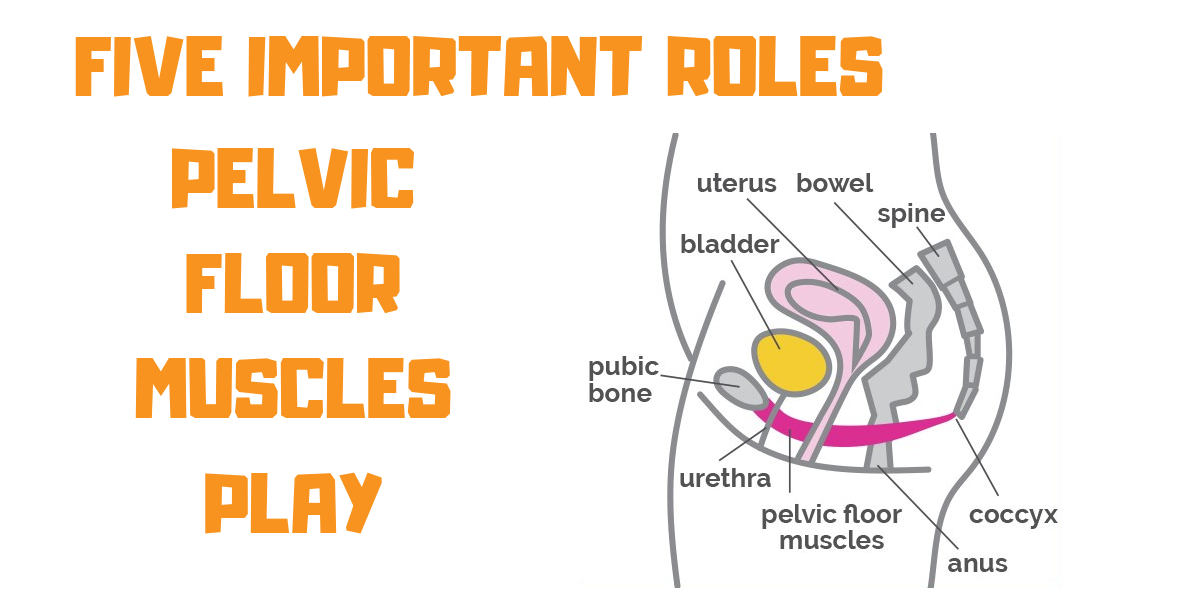Pelvic floor dysfunction symptoms closely resemble prostatitis which is an infection or inflammation of the prostate a male reproductive gland.
Pelvic floor disorder male symptoms.
Learn more about the causes and symptoms.
Learn about the symptoms and treatment options.
If weakened a pelvic floor dysfunction or disorder may develop.
Levator ani syndrome is a type of nonrelaxing pelvic floor dysfunction.
Pelvic floor dysfunction in men pelvic floor dysfunction in men is often diagnosed as prostatitis.
Some women with pelvic floor problems do not have symptoms at first.
The pelvic floor supports the rectum bladder and urethra.
Symptoms normally include painful urination pain w ejaculation and pain in the groin genitals and pelvic floor.
The male pelvic floor is vulnerable.
In this condition you are unable to have a bowel movement or you only have an incomplete one because your pelvic floor muscles contract rather than relax.
Including lower urinary tract symptoms luts.
It is important to understand that pelvic floor dysfunction can occur whether prostatitis is present or not.
Pelvic floor dysfunction can cause a variety of symptoms and some can interfere with daily life.
Levator ani syndrome the levator ani is one of the muscles of your pelvic floor.
The pelvic floor acts as support for some of the most important parts of our anatomy and that means that a lot can go wrong there.
That means the pelvic floor muscles are too tight.
3 however bladder control problems are treatable and these treatments can help women with pelvic floor.
1 many women are reluctant to tell their healthcare provider about symptoms because they may feel embarrassed.
Pelvic floor dysfunction pfd is a condition in which the muscles in the pelvis do not work properly.
Male pelvic floor dysfunction occurs in millions of men globally and it is important to understand that there are treatment options.
Prostatitis can have many causes including bacteria sexually transmitted infections or trauma to the nervous system.
Stress bacteria and or inflammation can cause the pelvic floor muscles to elicit a protective response tightening of the muscles to protect against the stressor.





























